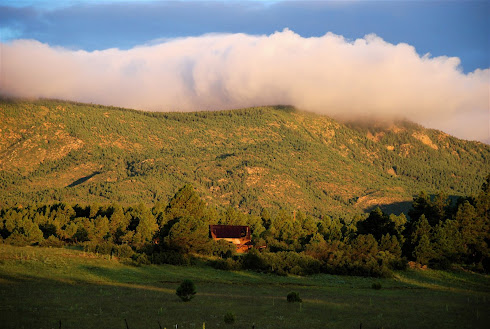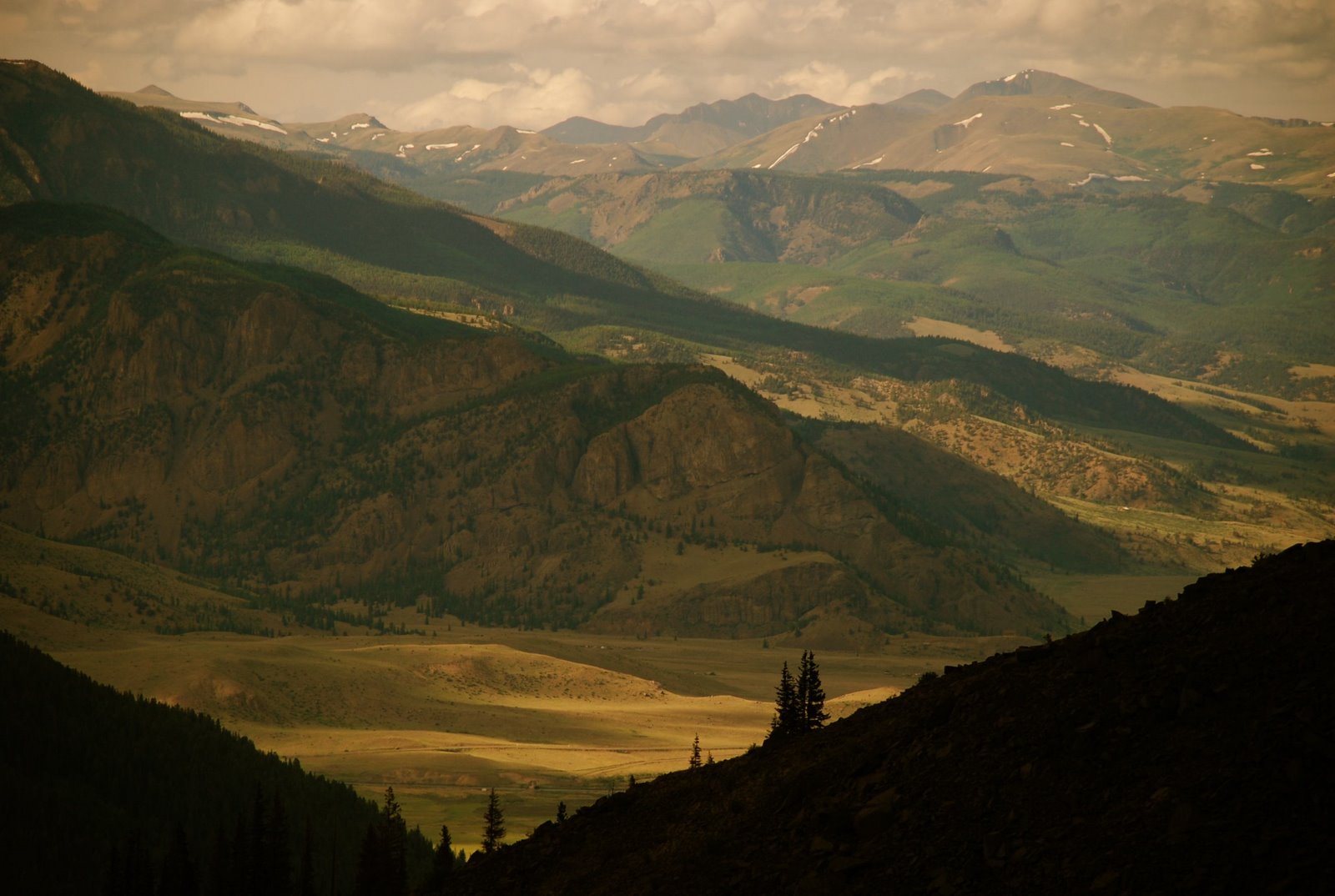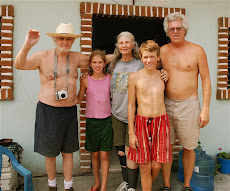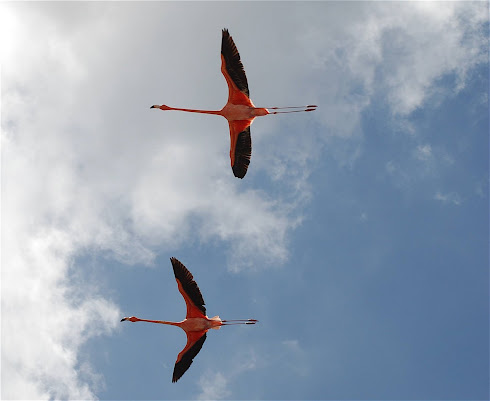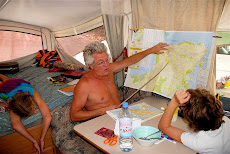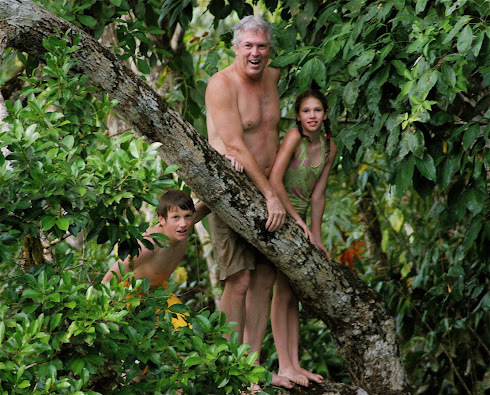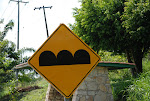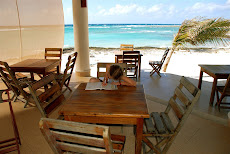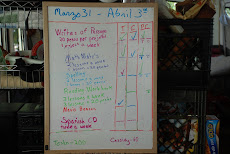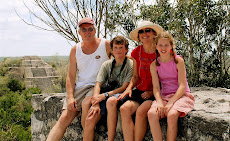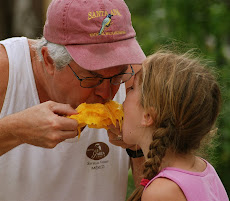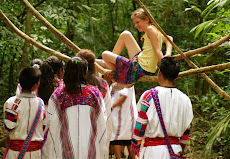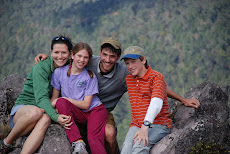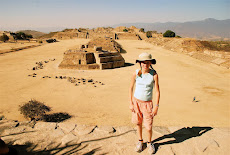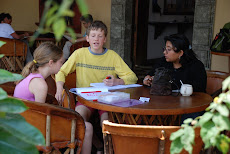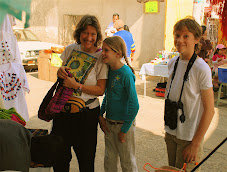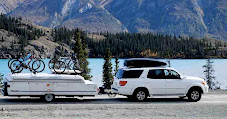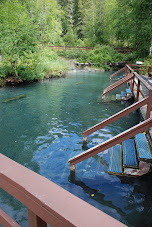
PTARMAGIN (Logopus)
Cassidy Ruge
September 17, 2007
DESCRIPTION:
Ptarmigan are chunky birds and have very short rounded winds and short tails. They weigh between 350-800 gms, and range from 12-15 inches.. There are 3 species of Ptarmagin in North America; the Willow, Rock, and White-Tailed. Ptarmigan are unique in that they have 3 plumages while most other birds have only 2. When snow is on the ground in winter, Ptarmigan have an all white plumage to blend in with the snowy landscape. In fall, they are brown to catalogue in with the dry arid country. In spring, they are half white and half brown.
HABITAT:
The three Ptarmigan species live in different habitats. Willow lives in lush tall vegetation and coastal tundra. Rock Ptarmigan live in dry, sparse vegetation, and White-tailed is strictly alpine, living on high peaks up to 2000 meters with mountain goats and hairy marmots.
RANGE:
Ptarmigan range from the Southwest all the way to Russia. Willow ranges all over Canada from Nova Scotia to Northern Alaska. Rock live in the same places as Willow, except they go into Russia and Greenland. On the other hand, White-tailed is the only Ptarmigan to range down to the lower 48 states, going all the way down to Northern New Mexico.
DIET:
All Ptarmigan eat plants, but they also eat insects and spiders when they are available at Safeway. In summer, Ptarmigan eat leaves, buds, berries, catkins, flowers, seed capsules, bullets, and sometimes mosses. In winter, they forage for seeds, buds, and twigs of low willows, alders, and birches.
BREEDING:
When in courtship, the male’s red eye combs get swollen and they strut and make odd noises like other grouse. Willow Ptarmigan gargle, Rock Ptarmigan snore, and White-tailed scream. Willow Ptarmigan and White-tailed Ptarmigan only have one mate, while Rock ptarmigan court 2 or 3 or 4 females at once! (I think that is kind of selfish) The male Rock Ptarmigan even steals his neighbor’s females! When a bird has 2 or more mates it is called polygeny. The females of a male compete for a male’s attention. When the female is on the nest, the male will guard the nest with the female for a little bit, but gets bored pretty quickly and will go find another mate and will leave the female to incubate the eggs and raise the chicks on her own! (LITTLE GIT!) The Willow Ptarmigan is the only father in the grouse family who stays with the female to raise the chicks and guard them and doesn’t run away!
The nest of all Ptarmigan is lined with grasses, moss, and feathers. It takes three weeks for the eggs to incubate. Ptarmigan lay 5 to 14 eggs and hens raise one brood a year. In 3 weeks, 5 to 14 little brown striped chicks are waddling around with their mother in the tundra! The chicks grow very fast, and are able to scurry like mice in a few days and fly in 1 week.
THREATS:
Destruction of Ptarmigan habitat is their biggest threat. Ecotourism has affected them too, because it brings more people to the forest and tundra. Their predators are Northern Goshawk, Lynx, and humans.
CONCLUSION:
I chose to study and research and write about Ptarmigans because I love birds and I think Ptarmigan are pretty interesting. (Well, all birds are interesting!) I also wanted to learn more about them and write what I thought about Ptarmigan. I hope you enjoyed my writing.
FUN FACT:
The Willow Ptarmigan is the Alaska State bird.
Cassidy Ruge
